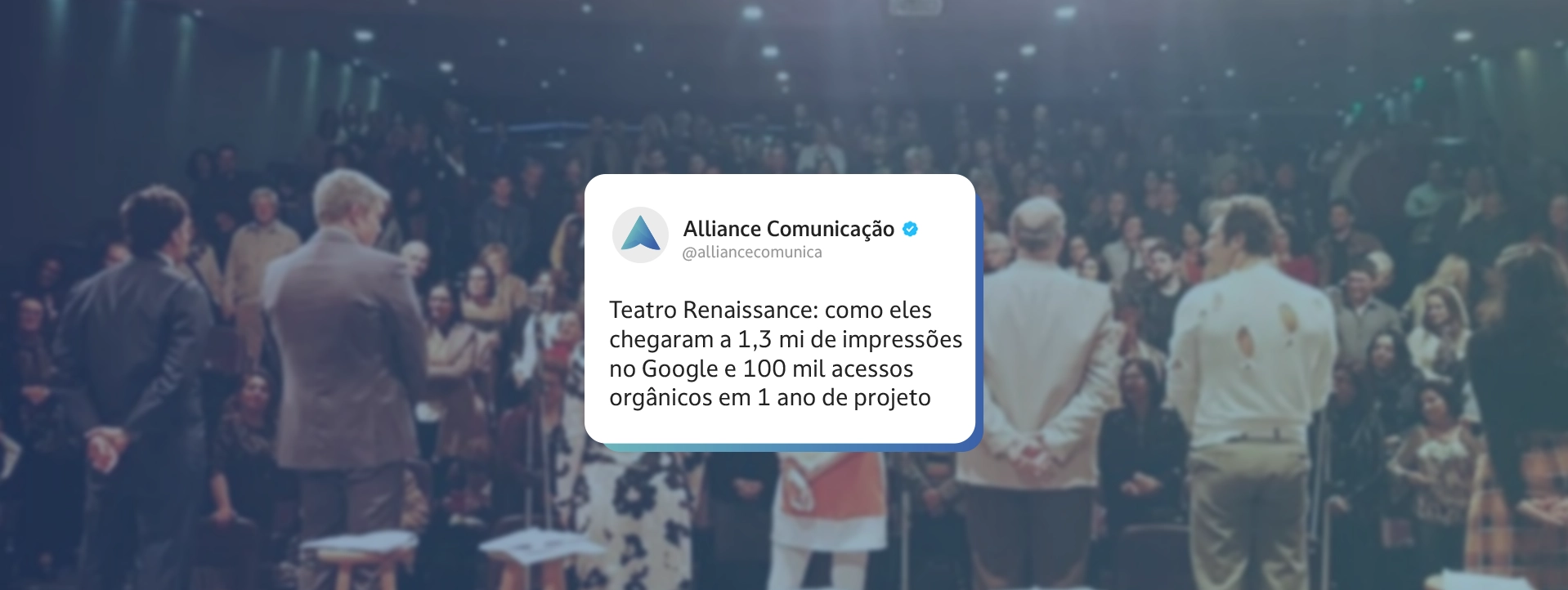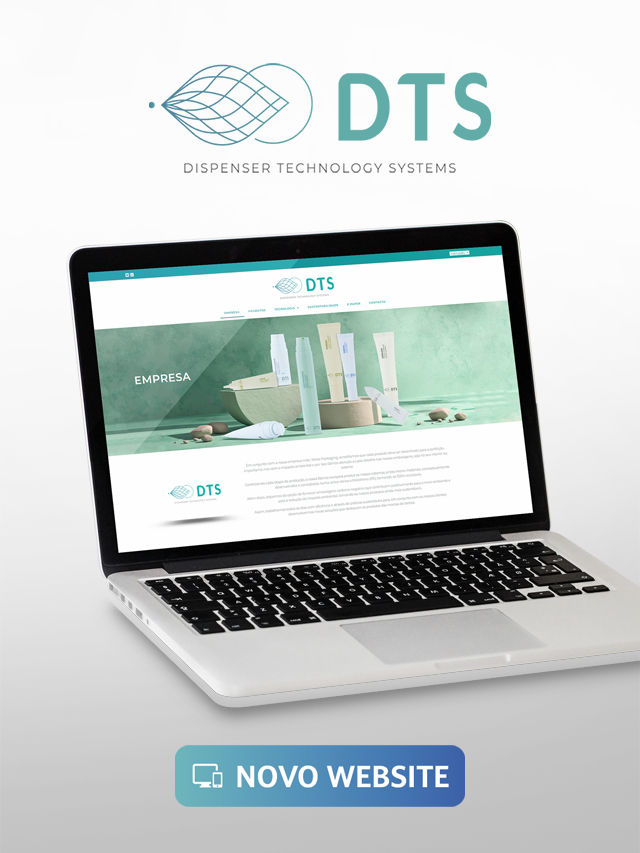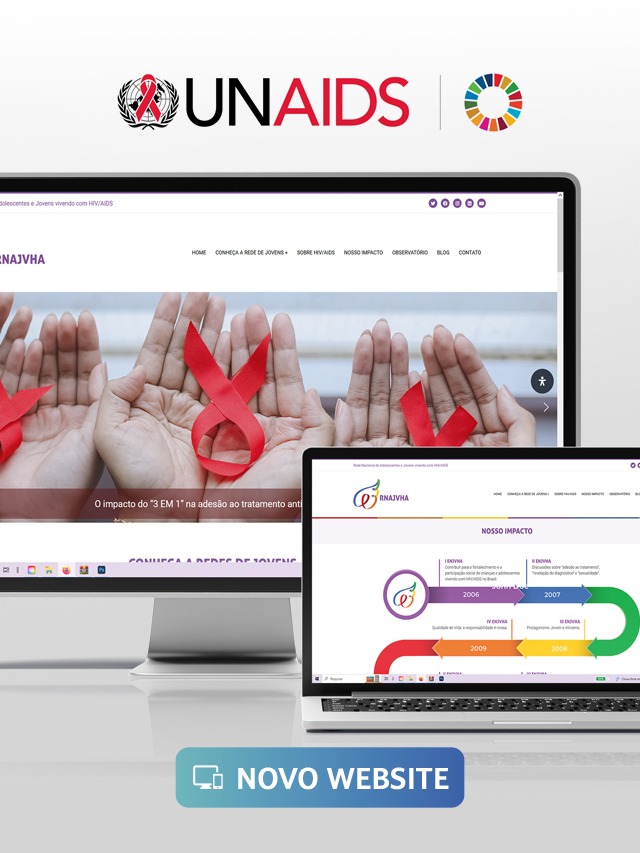Marketing evolves at the same speed as generations, communication and the needs of consumers and the market evolve. If in marketing 3.0 Philip Kotler already preached the importance of values and sustainability for the success of an organization, these values gain more importance in what we can call marketing 4.0, which goes further, in an even more horizontal communication, strongly based on feelings human beings, social transformations and interactivity on the web – where anyone can be 'media' and everyone has the power of persuasion.
We cannot say that marketing 3.0 is outdated, as there are small differences in relation to the concept of marketing 4.0, with changes in the intensity and strength with which the message reaches the final public, and how it directly impacts the way companies are perceived . The means of communication, online or offline, are available today, for good or for bad, and that is why professionals and their organizations need to be prepared for this new media and information scenario, using these channels to your favor.
In the book “Marketing 3.0. The forces that are defining the new human-centered marketing”, Kotler showed the transition from the basic concept of marketing – which is to clearly define the identity of a brand and strengthen it in building an image – to marketing 3.0 – with meaning embedded in a company's vision and values. Marketing, already at the time of the book, also preaches a consonance of three concepts: identity, integrity and image.
The brand needs to have identity, integrity and image. The result is not achieved completely without these three points – the 3Is. The brand is useless if it only articulates a positioning. She may have a clear image, but not necessarily a good one. And positioning may just be a claim to consumers. Actions are worthless if the '3Is' are not complete and in tune.


Years later, this concept was not only consolidated, but also expanded, with the increase in people's communication power and the importance they give to sustainability and social correctness, added to the dissemination and persuasion capacity of social media - in what we are calling of marketing 4.0.
Companies with an established image, which prove to people that they are concerned about the environment around them, will certainly be better seen, better publicized and better accepted by their consumers, which will directly impact the financial results. Marketing cannot be considered synonymous with sales or a demand generation tool. It needs to be seen as the main way to gain and keep a consumer's trust.
In marketing 3.0, companies must see consumers as full human beings: with a physical body, a mind capable of independent thinking and analysis, and a heart capable of feeling the soul. This means that the product idea needs to be uniquely positioned in the minds of consumers. Concepts must be conveyed in a way that touches the heart, showing people why they need a certain product or service, and how it can change their lives. You have to differentiate yourself from others to succeed. And this is only possible with efforts focused on emotions and feelings.
Marketing 3.0 shows that there is more trust in horizontal relationships. Consumers trust each other more than the companies themselves. When Kotler, in his book, analyzed the rise of social media as a reflection of the migration of consumer trust to other consumers, he saw the importance that these channels would have.
In the case of marketing 4.0, this horizontal relationship not only materialized but also became the basis of communication and marketing today. Consumers have turned to word of mouth as a more reliable form of advertising. According to a survey by Nielsen Global Survey, about 90% of consumers surveyed trust recommendations from acquaintances, 70% of consumers believe in the opinion of other customers, posted on the internet – they trust strangers in their social networks more than experts.
In addition to consumers talking about companies and opining about them on the network, influencing each other, companies themselves were forced to position themselves on social media. This is a reality. Not just a dissemination channel, social media have gained ground in marketing and communication as means of information and advertising, and are directly related to the concept of marketing 4.0.
This occurs precisely because the new reality of the internet, with all the strength of its relationship networks, proves the importance of thinking about consumers' feelings as a way to consolidate image, reputation and, consequently, results. The impact is direct on the decisions of a company's communication areas, for example, including the way they use their funds – today they are much more directed at social media than conventional channels.
Marketers need to identify anxieties and desires and then target the minds, hearts and spirits of their consumers. These are increasingly concerned with issues such as social well-being, health, education, sustainability. This interferes with choosing a product. Companies that want to be recognized, therefore, must share the same dream as consumers, and make a difference in the environment in which they operate. But to achieve this feat, the changes must be incorporated into the DNA, in addition to embedding the good deeds in the corporate culture and remaining firm to this commitment. The change has to be rooted in your organization's mission, vision and values.
Kotler demonstrates that commitment has to start at the corporate level and all employees must take it seriously. Successful companies do not start their planning with the financial return, but with the accomplishment of their mission. Positive returns will then be the result of your actions.
In this way, a really effective planning must bring a matrix based on values:


The mission must be more permanent. It is a company's raison d'être and should reflect the basic purpose of its very existence. Your mission will determine your sustainability. It is represented by a 'donut', but inverted (the hole on the outside and the mass in the middle) – the core is fixed and the space around it is flexible, because the company's mission is the medium, it cannot be modified, and the business scope is flexible, but it must be in sync with the core.
The vision can be defined as what the company wants to be seen in the future, what it intends to accomplish, based on the corporate mission. The compass is the symbol that represents the orientation to the future state.
Values can be considered institutional behavior standards, what are the company's priorities, behaviors that benefit it and the communities inside and outside it. They are represented by a wheel, as it is expected that by strengthening communities, values will also be strengthened.
But how to use the values matrix in the company?
In one of the axes, the company must strive to occupy the hearts and minds of customers, whether current or future. On the other are mission, vision and values.
Although the product has to satisfy customers, the brand must be perceived as a performer of emotional aspirations, with practices that touch feelings. That is, the company must not only promise profitability and financial return, but also long-term sustainability. The brand needs to be better, different, make a difference.
For example, a company may have a mission to promote wellness and sustainability. It must offer products in concomitance with environmental protection, in addition to promoting actions based on compassion. Furthermore, she must encourage her customers to do the same. The manufacture of its products must follow sustainable standards, so that it can be an example and inspiration for consumers. The company's attitudes must, without fail, follow these precepts, if it wants to be recognized for its mission. This includes actions at the factory, with employees, with surrounding communities, with the country, among others.
Why applicability?
Putting on paper – or in the matrix – what are the paths (mission, vision and values) to be followed is a way of rooting the necessary concepts for the company to reach its image objectives. Rooting the concepts, the company becomes more recognized by consumers and, consequently, better spoken and seen by them. Considering the concepts of marketing 3.0 and 4.0, touched by the good image of the company, consumers will identify with it (feelings) and will be able to share good references and experiences, and will serve as propagators of the corporate image, products and services offered – mainly on the web .
Monica Giacomini – Journalist by training and postgraduate student in public relations at Faculdade Cásper Líbero, where he is studying Marketing and Persuasive Communication.






























